How does one get started at such a sprawling jungle complex like Tikal? Even the miniature model at the entrance was so spread out that we could not capture it in a single frame. We realized that we needed to carefully map out our plan for the day as a wrong turn could result in wasting a major part of an hour. The maps displayed distances between Temple complexes and these ran from 15-25 minutes. The pathways were under dense jungle cover and we would not realize that we had stumbled upon a temple or pyramid until we were right next to it. Of course, the well cleared Grand Plaza is an exception.
The Maya settled in Tikal around 700 BC. By 200 BC, there was a complex of buildings (stone ceremonial structures) around the Acropolis del Norte. The Grand Plaza had started to take shape by the time of Christ and by 250 AD, Tikal had become an important religious, commercial and cultural city. Its population at its zenith is estimated to have exceeded 100,000 making it the largest ever Maya city-state.
Unlike our experience with Copan just a week earlier, we did not get a strong sense of builders of Tikal and there were notably fewer stelae, altars, sculptures and hieroglyphs. What impressed was the sheer size and sprawl of the place stretching from Templo VI at one extremity all the way to Templo IV at the other. In between we zig-zagged our way through the other Templos.
The Tikal National Park authorities have recently placed information signs all along the pathways, highlighting the architectural aspects and the animal and bird life forms that live in the park. We were impressed with the amount of detail presented in these signs - color pictures of birds, their range, scientific classification etc. We did see the occasional translation howler - the motmot's common name was translated to "watchbird" due to its habit of moving its long tail in harmonic motion like a pendulum.
Templo VI is one of the last to be erected in Tikal (ironically the first one we visited!). In front of Templo VI, there are nine stelae, each with its altar. Stela 21 is the best preserved; dating to 736 AD, it is dedicated to Governer Yik’in Chan K'awii. This is also known as the Temple of Inscriptions, the name coming from the panels of hieroglyphs that cover the back of the roof comb. Until now, these are most extensive texts known in Tikal.
After Templo VI, we headed straight for the Grand Plaza with just a brief stop by the Palacio de las Acanaladuras. This is a complex of residential buildings which owes its name to the decor in the form of panels having vertical grooves in the walls surrounding the courtyard. The long pathways with covered jungle canopy kept our minds on the possibility of encountering exotic bird life and we gave ourselves plenty of time to do that.
We encountered other tourists when we reached the Grand Plaza well past our first hour at the site. We spent a good hour and a half at the Grand Plaza admiring the iconic Templo I (whose image we had seen countless times ever since we heard about the magic of Tikal), climbing up the wooden staircase behind Templo II to get views of the plaza and the neighbouring Acropolis del Norte and Acropolis Central. An orange-breasted falcon perched on its tree branch high up above kept our attention for a while as we strived to get the perfect zoomed picture.
Video: Grand Plaza from Templo II
Video: Templos V, III, IV from Templo II
Templo I (44m high), also known as the Temple of the Grand Jaguar, was built to honor and bury the ruler Ah Cacao. The king’s rich burial goods included stingray spines (used for ritual bloodletting), jade objects, pearls and 90 pieces of bone carved with hieroglyphs. At the top of the temple is a small enclosure of three rooms covered by a corbeled arch. The sapodilla-wood lintels over the doors were richly carved; one of the them was removed and is now in a Basel museum. The lofty roof comb that crowned the temple was originally adorned with reliefs and bright paint. Climbing this temple is prohibited.
Templo II, also known as the Temple of Masks, was built around 700 AD by the ruler Jasaw Chan K’awaii as a mortuary monument for his wife Kalajuun Une ‘Mo’.
The North Acropolis, dating back to the Early Classic period, shows a series of buildings which were built on top of one another. Some of the substructures show facades decorated with large stucco masks representing part of the cosmology of that time. The masks and stelae were covered with grass shelters to protect them from the sun.
A short distance from the Grand Plaza is Templo III (also known as the Temple of the Jaguar Priest) which seemed to be under restoration. Only its upper reaches have been cleared giving it the appearance of a roof comb growing out of a hill. Its construction is estimated around 810 AD and is associated with the ruler Nuun bak Chaak II. The appearance of a pair of Collared Aracaris and woodpeckers kept us frozen in place before we moved on.
Next we came to the arresting complex known as the Plaza of the Seven Temples which seemed to have been an important part of the Tikal inhabitants. There is an unusual triple ball game court at the site. The seven temples are aligned from north to south, with the central temple presenting larger dimensions with a well preserved roof comb.
Having seen the North and Central Acropolises, we looked for Acropolis Sur (South) and found the sign but the pyramidal structure was completely overgrown with jungle, making it difficult to make anything out of it. However, this gave us a sense of the monumental task undertaken by archaeologists and excavators whose completed work gave us the brilliant sights of the Grand Plaza.
Next was Templo V, a remarkably steep structure that is higher than the temples in the Grand Plaza and is superseded in height only by Templo IV, the highest in Tikal at 65m. Unlike the other temples, Templo V has rounded corners. A recent excavation revealed a group of embedded structures, some with geometric designs and Maya calendars on their walls. We were quite impressed with a mini-display of panels in a nearby hut that informed us on the various stages of excavating a Tikal structure. It also features photographs of the slow and methodical process and the team of people that worked on the project.
Moving on, we came to El Mundo Perdido (Lost World, a sign had a unfortunate misprint that said Lost Word), a complex of 38 structures with a massive pyramid as its centerpiece. Tunnels dug by archaeologists reveal four similar pyramids beneath the outer face; the earliest structure dates from 700 BC, making this the oldest structure in Tikal. Our progress to the next structure was halted by the appearance of a Spider Monkey above us in the canopy.
Video: Spider Monkey spotted near Mundo Perdido
We then arrived at another highlight of Tikal, as we climbed up the wooden staircase to the tallest temple, Templo IV (only its lintel has been excavated) which is a great place to relax and view the expansive jungle canopy with only the tops of Templos I, II, III, V and the Mundo Perdido Great Pyramid jutting above the tree tops. Brown Jays flit about while the distant howls of Howler Monkeys fill the jungle with a distinctive air. Templo IV is the second highest pre-Colombian building known in the Western Hemisphere after La Danta in El Mirador (just a 2 day trek from Tikal). It was completed in 741 AD, during Yik’in Chan K’awaii’s reign (27th Governor) who in his representation on the Lintel 3 of this temple commemorates a victory over the city known as Peru-Waka, northwest of Tikal.
Video: View from Templo IV (with the sound of Howler monkeys)
It was getting dark under the jungle canopy as we started our return path back to the Jungle Lodge. We briefly stopped at Complex N, featuring twin pyramids erected in 711 AD by Jasaw Chan K’awaii to mark the end of k’atun 9 14 0 0 0, a 20 year cycle, of baktun 9 (we quote this from the guidebooks, make what you will of this!). The king himself is portrayed on Stela XVI. Beside the stela is Altar 5, a circular stone depicting the same king accompanied by a priestly figure in the process of exhuming the skeleton of a female ruler.
We paused briefly to view the Palacio de los Murcielagos (Bat Palace) also known as the Palace of Windows (Ventanas). A couple of Keel-billed Toucans distracted us briefly before they disappeared allowing us to discern a mask-like figure on the walls of the palace.
As we neared the Grand Plaza on our return route, the darkness gave way to bright late evening golden sunlight shining on Templo I and we could not resist admiring the striking image. A pair of Red-lored Parrots kept us busy with our cameras till the light became too poor. We walked back to the entrance for a well earned coffee and rest.
V adds a personal anecdote: After our memorable trip to Machu Pichu in Peru in 2003, V attended a corporate social event where he briefly met with one with whom he casually shared the recent adventure. The response from that gentleman was curious "Machu Pichu is nothing! Tikal is the real deal!". When pressed further to elaborate on this assertion, the gent quietly backed off "Well I haven't been to either place. Friend of mine has been to Tikal and he told me this". V never saw him again but remembers this uneducated remark.
Our verdict: One does not have to rank these great historical sites as it is not a level playing field with the state of current excavation and what has been discovered by archaeologists playing a big role in how well the experience is received by the visitor. However, if we are forced to rank this to defend our lives, we would say that Tikal is not even at the top of the Maya sites, the recently visited Copan Ruins in Honduras and the ruins at Chichen Itza, Uxmal, Palenque have qualities that fascinated us much more than Tikal. And while the Inca civilization did not reach the heights and longevity that the Maya did, the dramatic mountain setting of Machu Pichu (and the fact that we voluntarily walked 4 days to get there) is a subjective winner in our minds. However, Tikal rises a few notches in our esteem owing to its jungle birding opportunities. We had earmarked an entire day onsite just for birding. Look for our next blog entry to see how it went!
Photo Album: Tikal

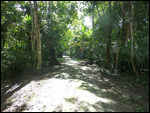
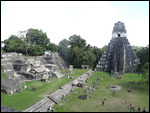

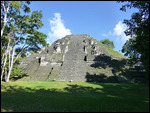
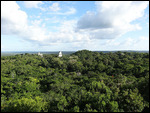


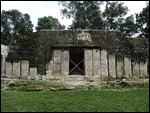
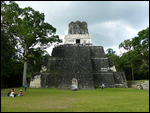

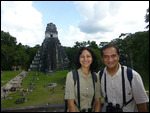
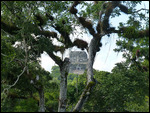

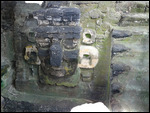
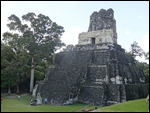



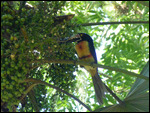

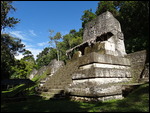

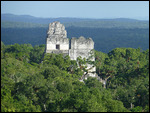
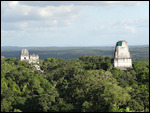
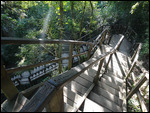
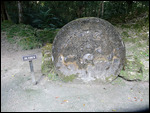


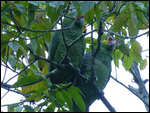
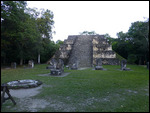
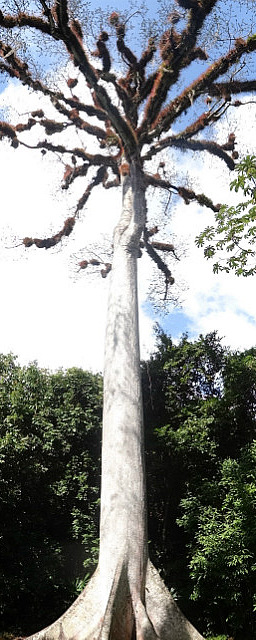
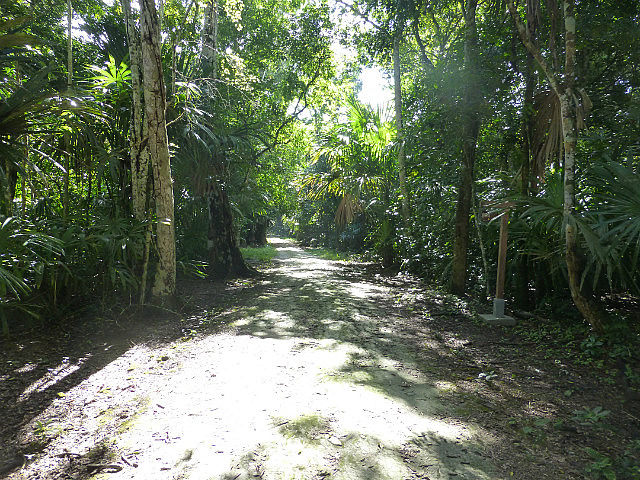


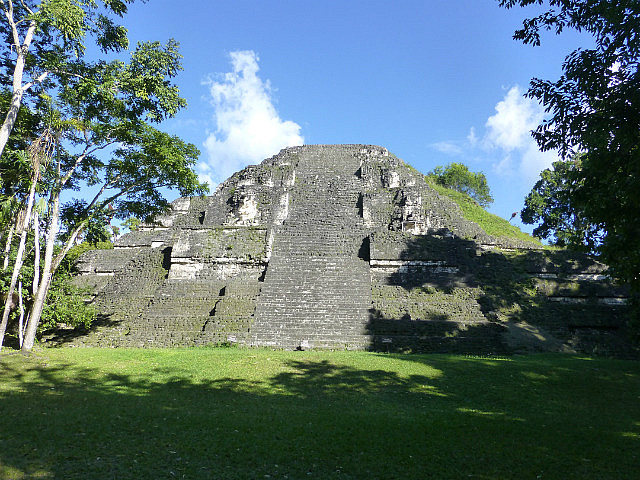
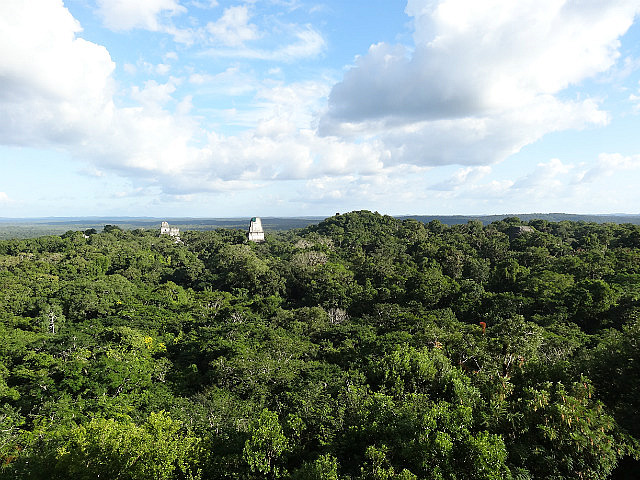
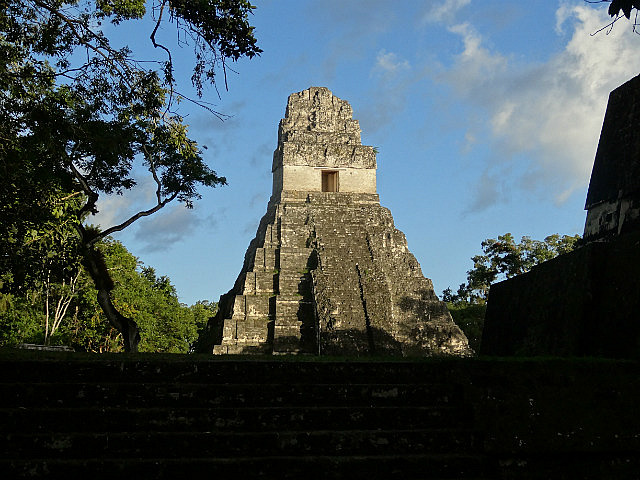

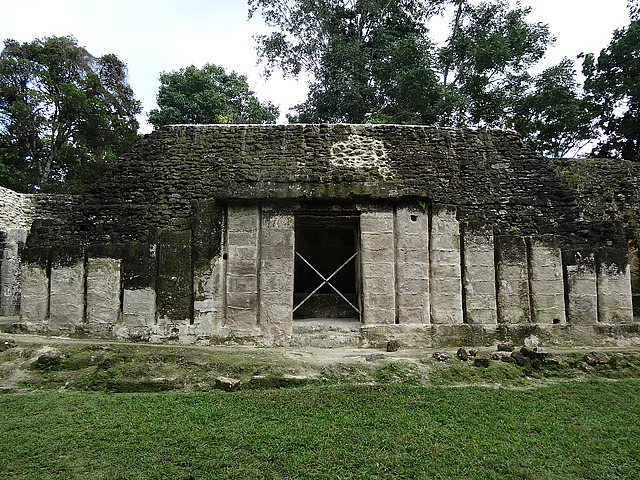

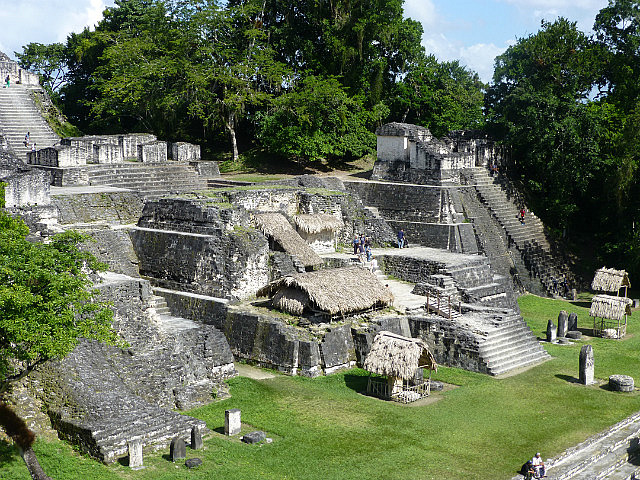
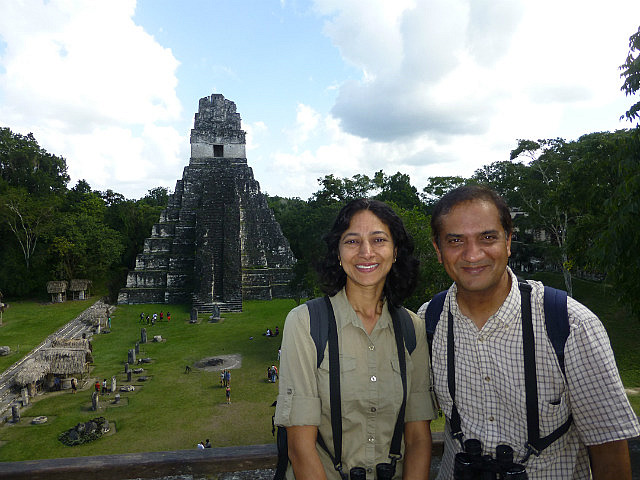
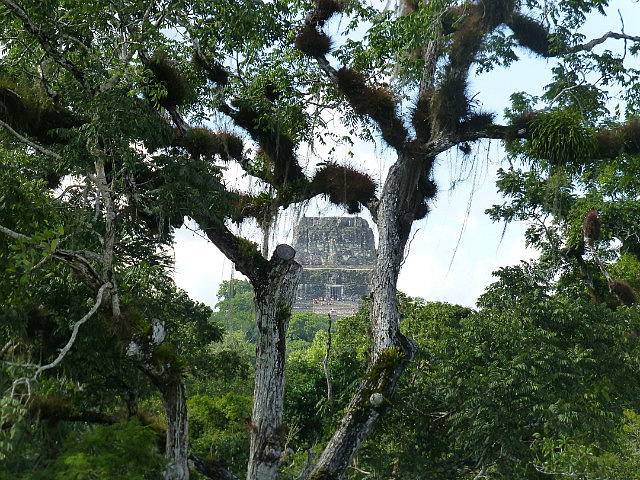

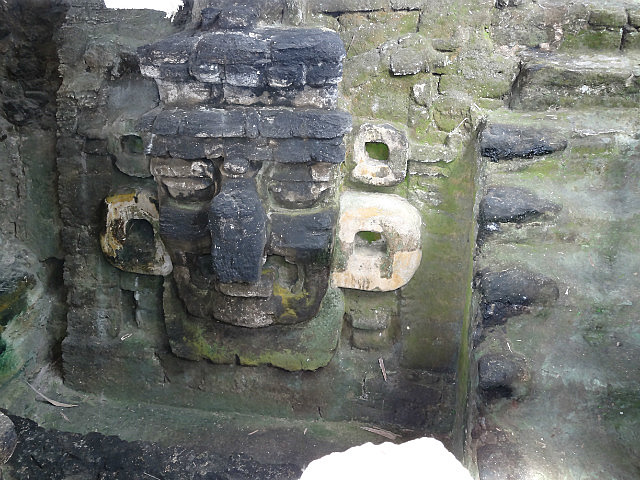


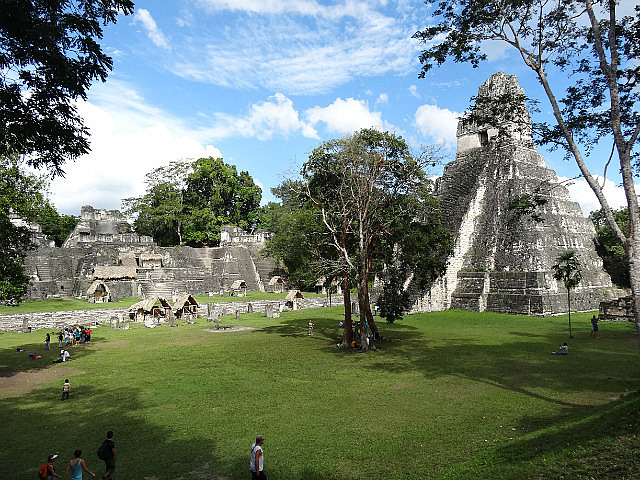

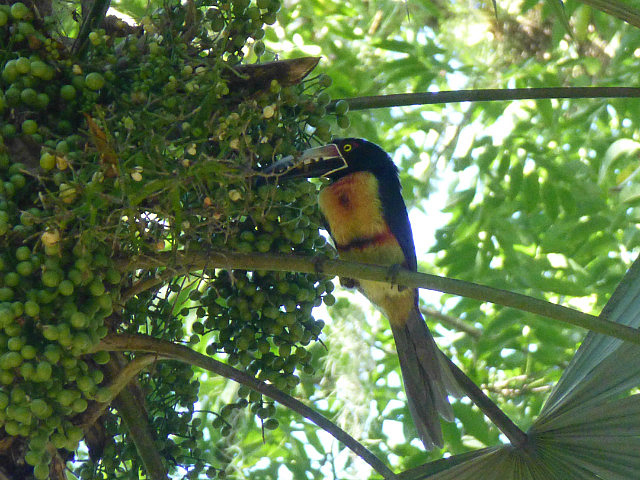

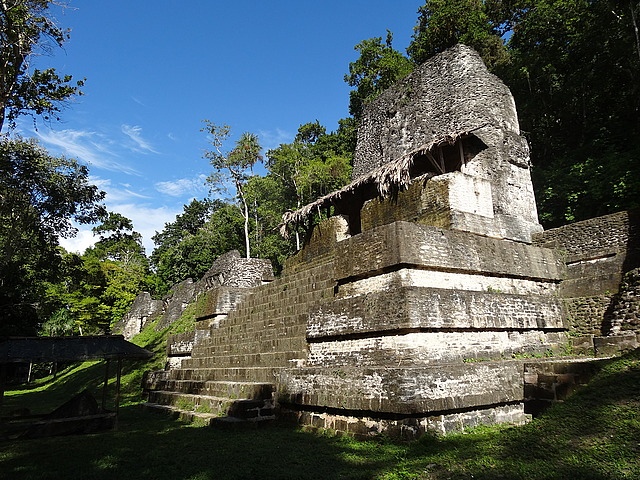
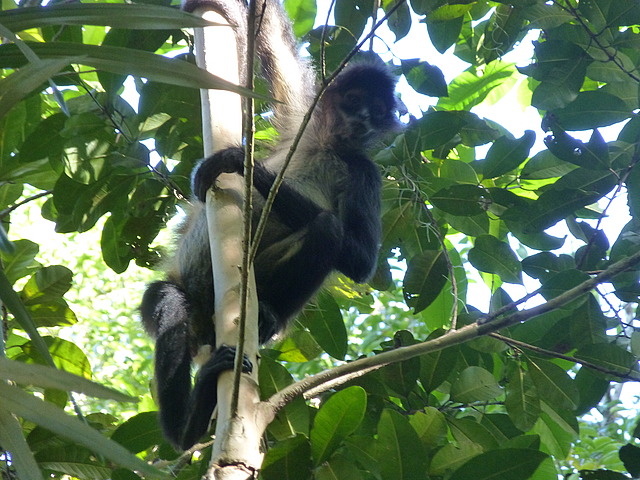
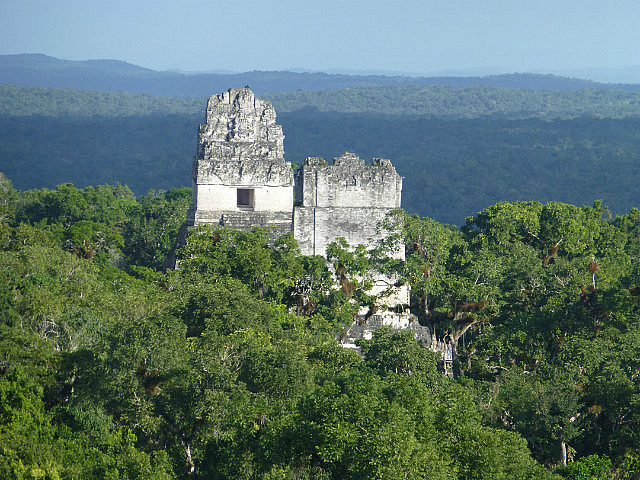
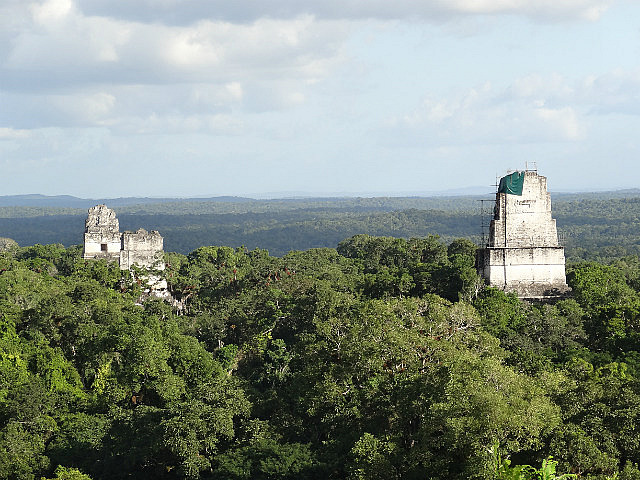

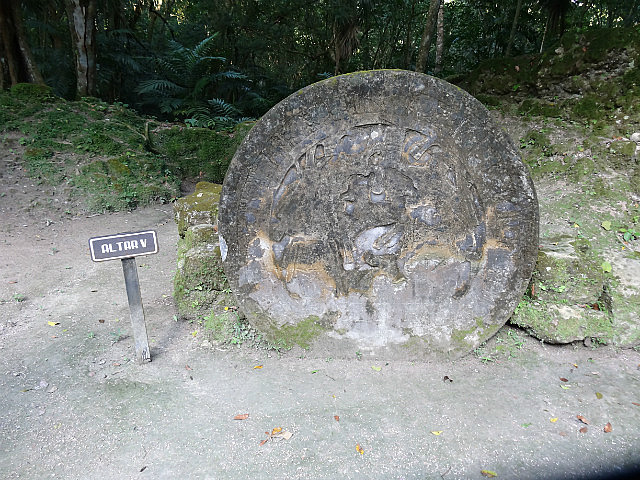
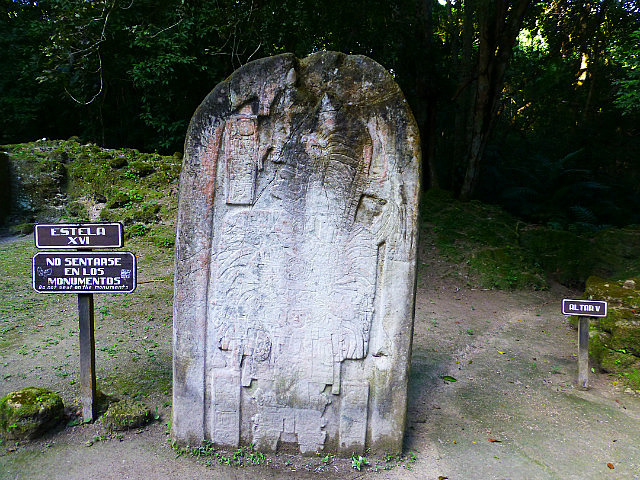

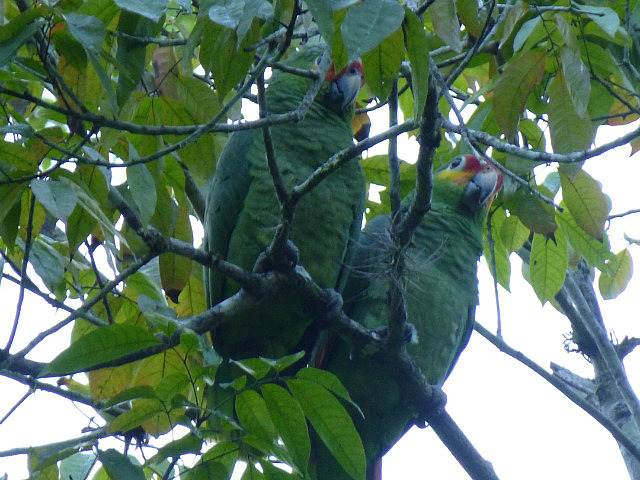

Comments